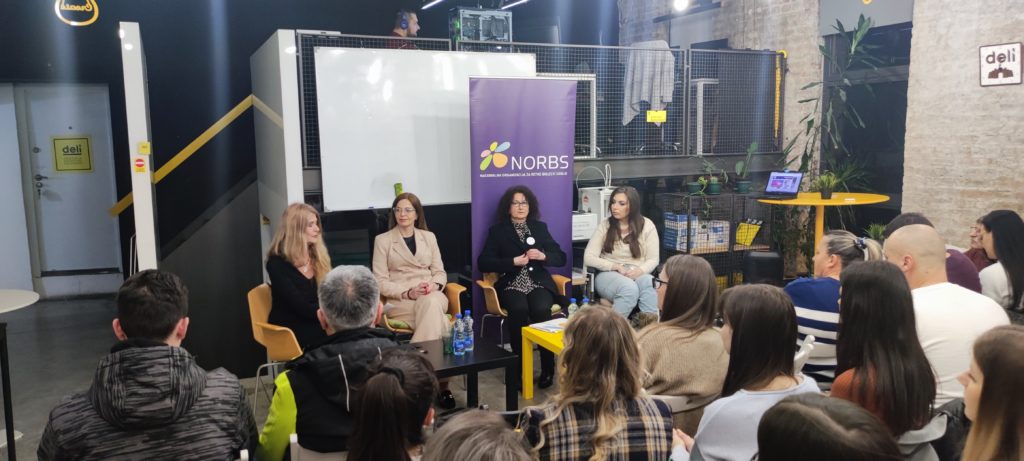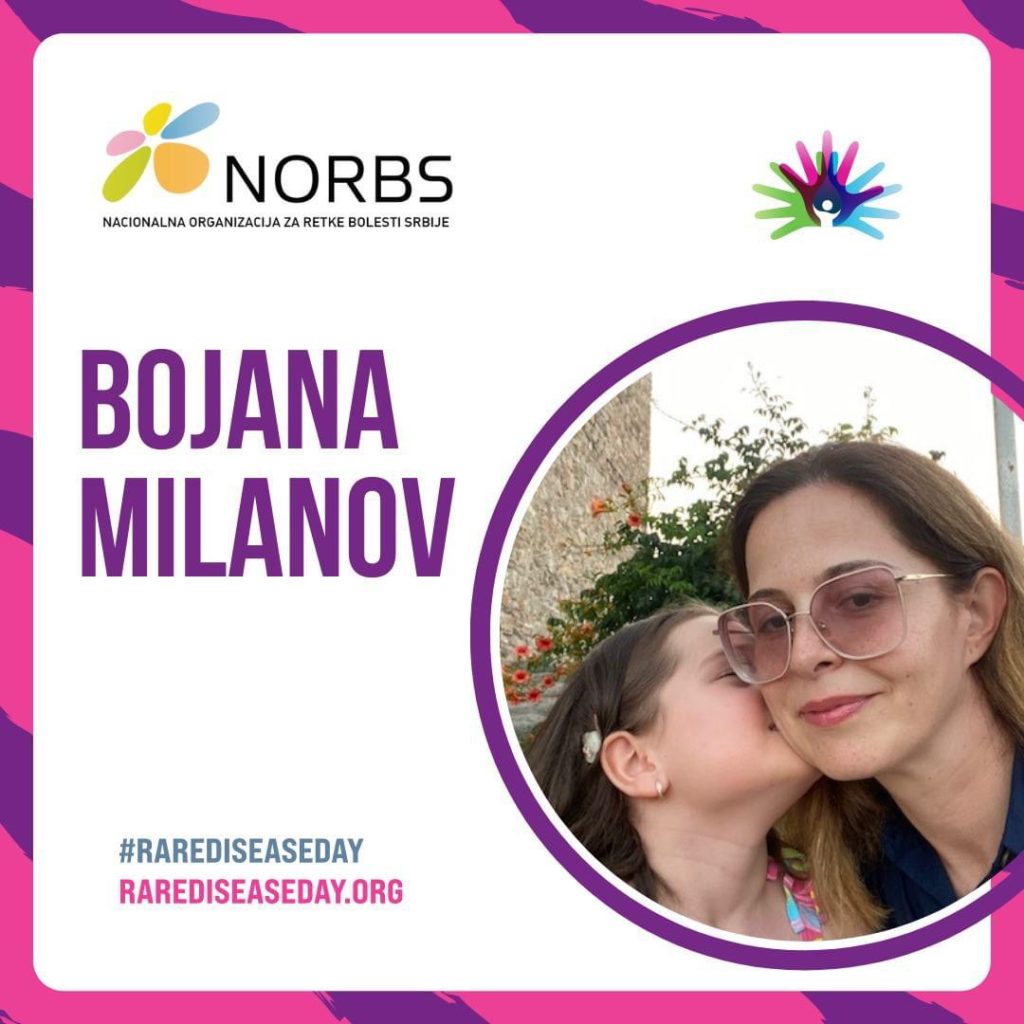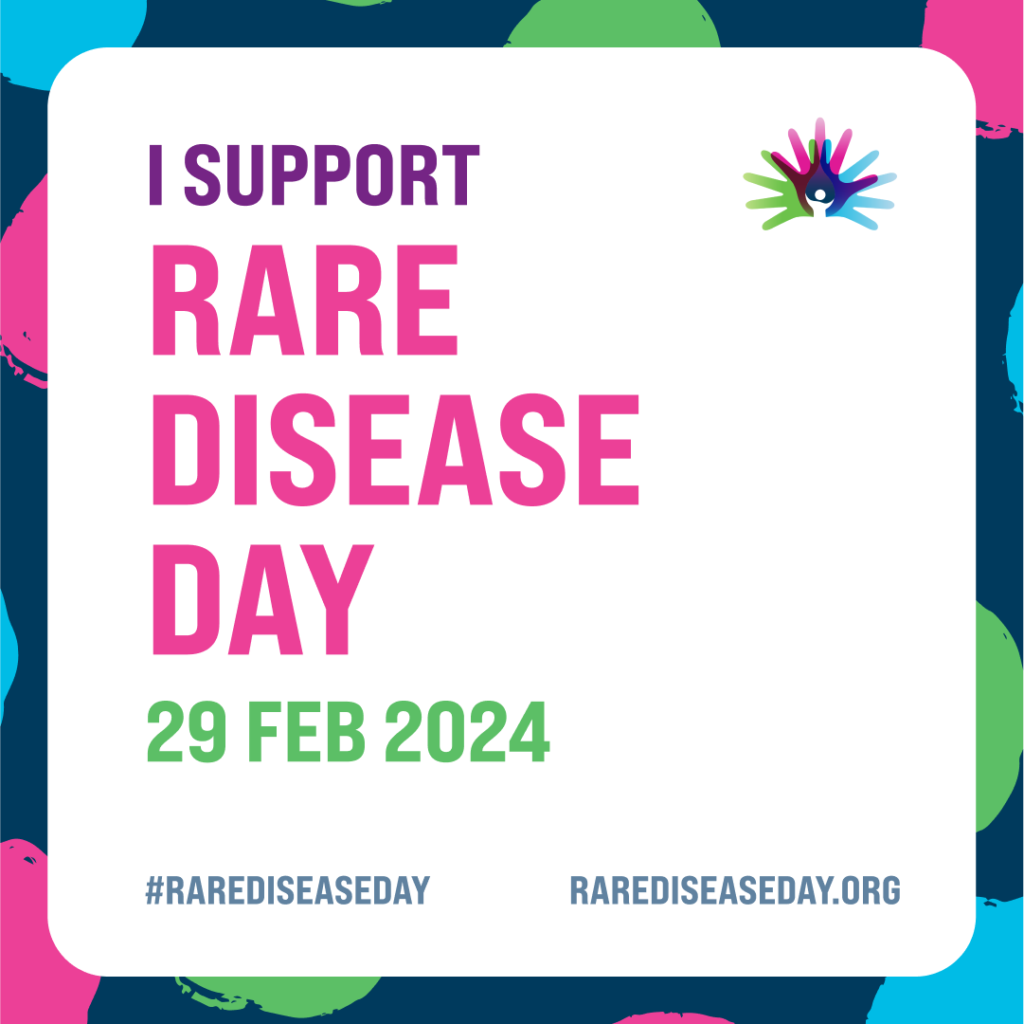To celebrate Rare Disease Day 2024 one of our board members Bojana Milanov was interviewed by NORBS – the National Organisation for Rare Diseases of Serbia. Here we share her story. Many thanks Bojana.
A rare disease means any disease that occurs in less than 5 people per 10,000 citizens, but a number of rare diseases occur in only one person in several hundreds of thousands or millions of people. International Rare Disease Day has been celebrated on February 28 or 29 since 2007, and today there are over 6,000 recognised rare diseases in the world from which even five percent of the world’s population suffers. In 72 percent of cases, the disease is of genetic origin and manifests itself at an early age, while for only five percent of these diseases there is adequate therapy. Although these diseases are individually rare, together they affect a large number of people around the world, creating a community that stands for justice and equal access to treatment and support for all affected. To meet the International Day of Rare Diseases, which is traditionally celebrated every last day of February, in Niš, Serbia on February 22, 2024, the life stories of people, who spoke about rare diseases, obstacles and challenges they face, were told. The event was organised by NORBS – National Organisation for Rare Diseases of Serbia. One of the panelists was Bojana Milanov, a member of the Rett Syndrome Europe board, who through her personal story, tried to raise awareness about Rett syndrome, the life of people who live with it and their families. “ Rett syndrome is a rare, neurodevelopmental, genetically determined disease that is estimated to affect one in ten thousand newborn girls, rarely occurs in male children, and is present from conception. After a period of “almost normal” development, there is a regression of previously acquired skills, movement, use of hands and speech, usually in the period between the first and second year of life, when the child can show a certain absence, which often leads to misdiagnosis of being on the autistic spectrum. Numerous comorbidities follow on from the regression phase (breathing disruption, gastrointestinal problems, scoliosis, and epilepsy). Also, people with Rett syndrome have profound, multiple physical and learning disabilities. They are totally reliant on others for support throughout their lives. Ana was diagnosed with Rett syndrome shortly after her second birthday, when it became clear that our lives would definitely not be the same. The next few years, all of us in the family were spent time trying to help her achieve as much as possible, and to keep on studying, researching and hoping for the best. Ana managed to walk independently and she overcomes her lack of verbal communication with a look that sometimes speaks more than words, as well as by using a low-tech solution of assistive technology in the form of a communication book. Her sense of humour is simply irresistible, she radiates the joy of life, she looks forward to every new day and she is the heart of our family. Since last year, the first therapy indicated for Rett syndrome has been available, so far only available in the USA, which really opened a new chapter in the history of Rett syndrome and the hope that it is possible to change the course of this rare disease. Also since last year, in addition to the launch of the first drug for Rett syndrome, two clinical trials for gene therapy have been launched, and the third clinical trial of gene therapy for Rett syndrome should follow soon on the European continent, which definitely raises the hope that my child, like other children with this cruel disease, could get new wings and a chance for a better life.”



